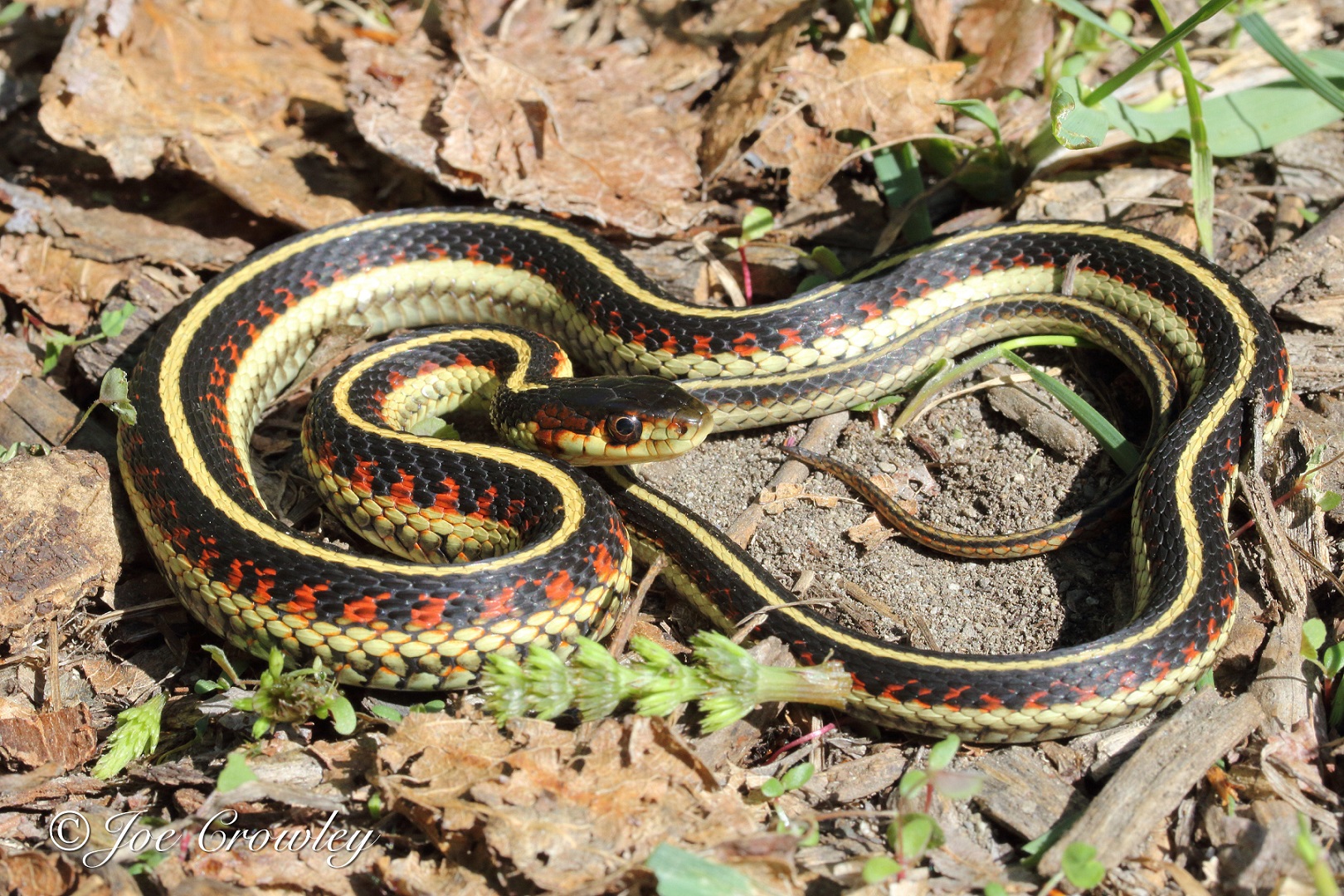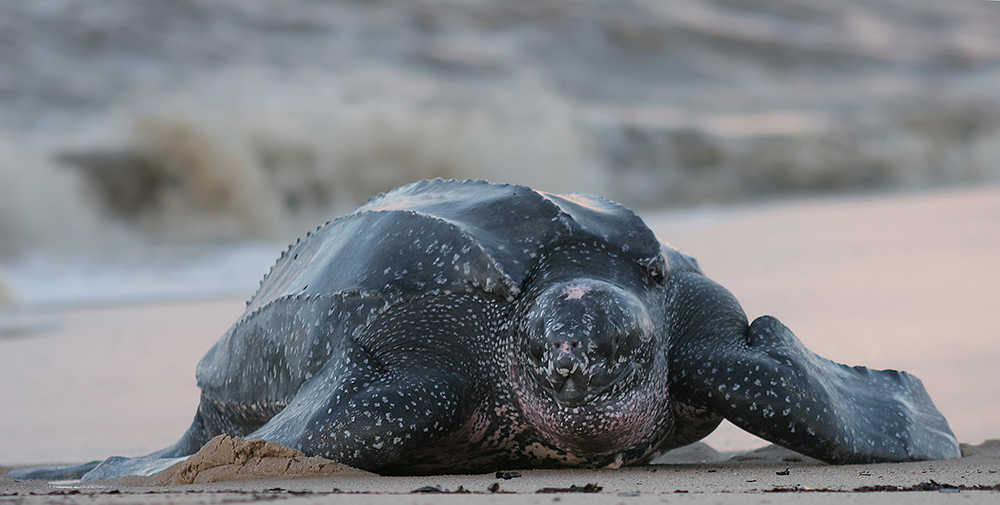Reptiles are a group of vertebrate animals that, like mammals, produce an amniote egg, with extra-embryonic sacs for waste, yolk and protection, and often possess a shell, particularly if released by the female before development of the embryo is completed. DNA analysis has allowed comparison of the genes in common for living organisms, and new fossils have clarified the sequence of appearance of many features. Combined, these lines of research have produced changes from classical classification in which birds were regarded as most closely related to mammals primarily because they are both endothermic (able to maintain an internal body temperature). Now it is believed that each evolved this feature independently and that birds are derived from dinosaurs.

Taxonomy
Class Reptilia can be broadly divided into two subgroups: Lepidosauria and Archelosauria.
Lepidosauria includes Rhynchocephalia (tuataras) and Squamata (lizards and snakes). Archelosauria includes Testudines ( turtles) and the Archosauria (crocodiles, dinosaurs and birds). While birds are known to be descended from reptiles, there continues to be some debate on how exactly to place the clades Reptilia and Aves in taxonomic trees (i.e. trees of life).

Description
Reptiles are primarily tetrapods (four-legged), but legs are not found in snakes and some lizards, e.g., most amphisbaenians. Epidermal scales cover the outside skin, providing protection from injury and drying (and, in the case of birds, providing insulation to retain body heat). Dermal scales (in the underlayer of skin) are best developed in turtles, fusing to each other and to the ribs dorsally to form the shell. Crocodilians, tuataras and some lizards also have dermal scales. Epidermal scales are also variously modified to form the horns of the horned lizard, the rattles of rattlesnakes and the feathers of birds.
Modern reptiles, exclusive of the birds, are mainly relatively small, active forms. The largest, the marine leatherback turtle, may weigh up to 680 kg. Reptiles have lungs, never gills. Some turtles can supplement their oxygen supply through pharyngeal breathing to stay underwater for extended periods. The reptile heart is three-chambered, except in crocodilians and birds, which have a four-chambered heart. Skin glands are almost entirely missing, but many reptiles excrete a foul musk for protection, or more pleasantly scented secretions for sexual attraction. One group of lizards and several groups of snakes have labial poison glands in the upper jaw.

Reproduction
The key to reptile success in tackling land ecosystems was the amniote egg with a protective shell and embryonic membranes. The shell is permeable, so it must have some environmental moisture, but it is much more resistant to desiccation than the amphibian egg. Eggs are usually buried in loose soil or sand or deposited in rotting vegetation. Tuatarans, crocodilians, turtles and birds lay eggs. Many lizards and snakes do too, but some females retain the embryos within their bodies. Like mammals, the young in these cases are born only after their development is complete; however, unlike mammals, they receive little or no nourishment from their mother during development.

Body Temperature
Like amphibians, reptiles (exclusive of the birds) are ectothermic, which means they have a relatively low metabolic rate and depend largely on external heat to attain the temperature at which they function best. Birds are endothermic; they are able to maintain an internal temperature. Most reptiles maintain preferred temperatures by alternately basking and seeking shelter. Although reptiles are most abundant in the tropics, turtles, snakes and lizards are fairly successful in temperate climates. By dormancy in cold months, they avoid having to eat just to maintain their body temperature and can use proportionally more food energy for growth and reproduction when conditions are warm.

Distribution and Habitat
Today, reptiles (exclusive of birds, which have 9,700 living species) are not as diverse as in the Mesozoic (253–65 million years ago), but the dominant modern group, the squamata, is very successful. There are more than 4,450 species of lizards (135 of them amphisbaenians), 2,900 snakes, 285 turtles, 23 crocodilians and 2 tuataras. Lizards, snakes and turtles have worldwide distribution in both tropical and temperate areas. Crocodilians are largely tropical, although they reach the fringes of the temperate zone.
In Canada, 43 non-bird species are native: 13 turtles (5 marine), 5 lizards and 25 snakes. Three additional turtles and one lizard have been introduced. Southwestern Ontario and the grassland valleys of southern British Columbia have most species. No reptiles occur on the tundra, and few species in the boreal forest. All reptilian natural populations in Canada are postglacial immigrants, which spread northwards over the past 10,000 years. The common gartersnake, the most northerly ranging species, reaches Fort Smith, Northwest Territories, and the southern coast of James Bay.

Relationship with Humans
Reptiles, especially snakes, are regularly misunderstood and feared. However, they rarely pose a threat to humans or livestock. Three species of rattlesnakes are present in Canada, and while occasional deaths have been recorded, bites are rare. In fact, reptiles as a whole play very important roles in various ecosystems. Many reptiles are predators and may help manage Insect and small rodent populations. Some, like turtles, also consume organic materials in water bodies, helping maintain the ecosystem’s health (see Lakes in Canada).
Reptiles also often hold deep cultural importance and symbolism. For example, to various Indigenous peoples, the continent of North America is known as Turtle Island, since, in many oral histories, a turtle is described as holding the world on its back.


 Share on Facebook
Share on Facebook Share on X
Share on X Share by Email
Share by Email Share on Google Classroom
Share on Google Classroom








